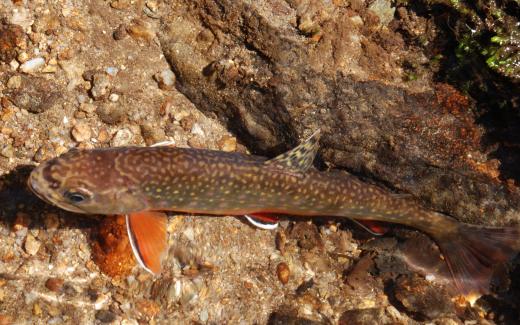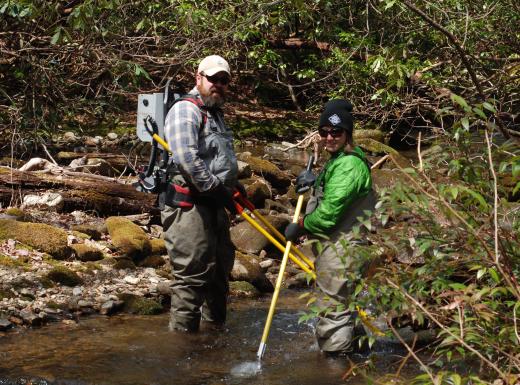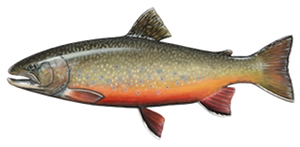Southeast Conservation Project
Goals
Exploring southern Appalachian backcountry streams in search of native brookies transports an angler back in time. The gorgeous and increasingly rare places where native trout thrive are some of the Southeast’s most sacred treasures—and are all too rare. Native southern Appalachian brook trout are found in only a small fraction of their native range and many of these native populations are fragmented by roads and bad stream crossings, or are only partially protected by conservation lands and intact forests. Over the years, the native-strain brookies have suffered from these compounding issues, and the populations that remain need every advantage in order to survive in a future of increased air temperatures and disease, floods and other disturbances that will assuredly become more common. TU’s efforts in the Southeast focus on increasing the resiliency of our remaining native brook trout populations so that the pursuit of these sacred treasures does not become a thing of the past.
Tactics
TU’s Southeastern Conservation Project addresses these issues head on. We reconnect fragmented aquatic habitats on climate-resilient and native fisheries by eliminating fish passage barriers such as culverts and dams. We educate landowners, engineers and decision-makers, and we advocate for better practices at road-stream crossings. We help land trust and agency partners conserve watershed lands on the best of our mountain trout streams. We engage in advocacy and policy issues that protect clean, cold water and support our agency partners. As a result, Southern trout are stronger, more resilient and better able to survive into the future.
Victories
In 2014, TU initiated a major aquatic organism passage project that will reconnect brook trout streams in watersheds throughout the region. Culverts that block fish passage passage will be replaced with arched structures and native brookies will again be free to seek the best coldwater refuges and the best spawning habitat.
In 2015, two AOP project were completed in the Buck Creek watershed, reconnecting 4.5 miles of stream habitat. Four additional AOP projects have been designed and are slated for 2016. Primary partners in the work are the U.S. Forest Service and the N.C. Wildlife Resources Commission. Volunteers from Trout Unlimited also participate in the restoration work, not only by working in the field but through donations to the program.
More than 60 anglers participated in the project's 11-Mile Challenge promotion in 2015, attempting to fish the number of stream miles the work will reconnect and which will enable brook trout on Buck Creek on the Nantahala, Mill Station on Courthouse Creek, and Caney Fork on the Tuckasegee to better survive long into the future.
Visit the the Southeast Conservation Project's Group page for project updates, photos and stories from the field.
Staff Contact
Keith Curley, VP of Eastern Conservation, kcurley@tu.org
Author of this Page
Mark Taylor, Eastern Communications Director




